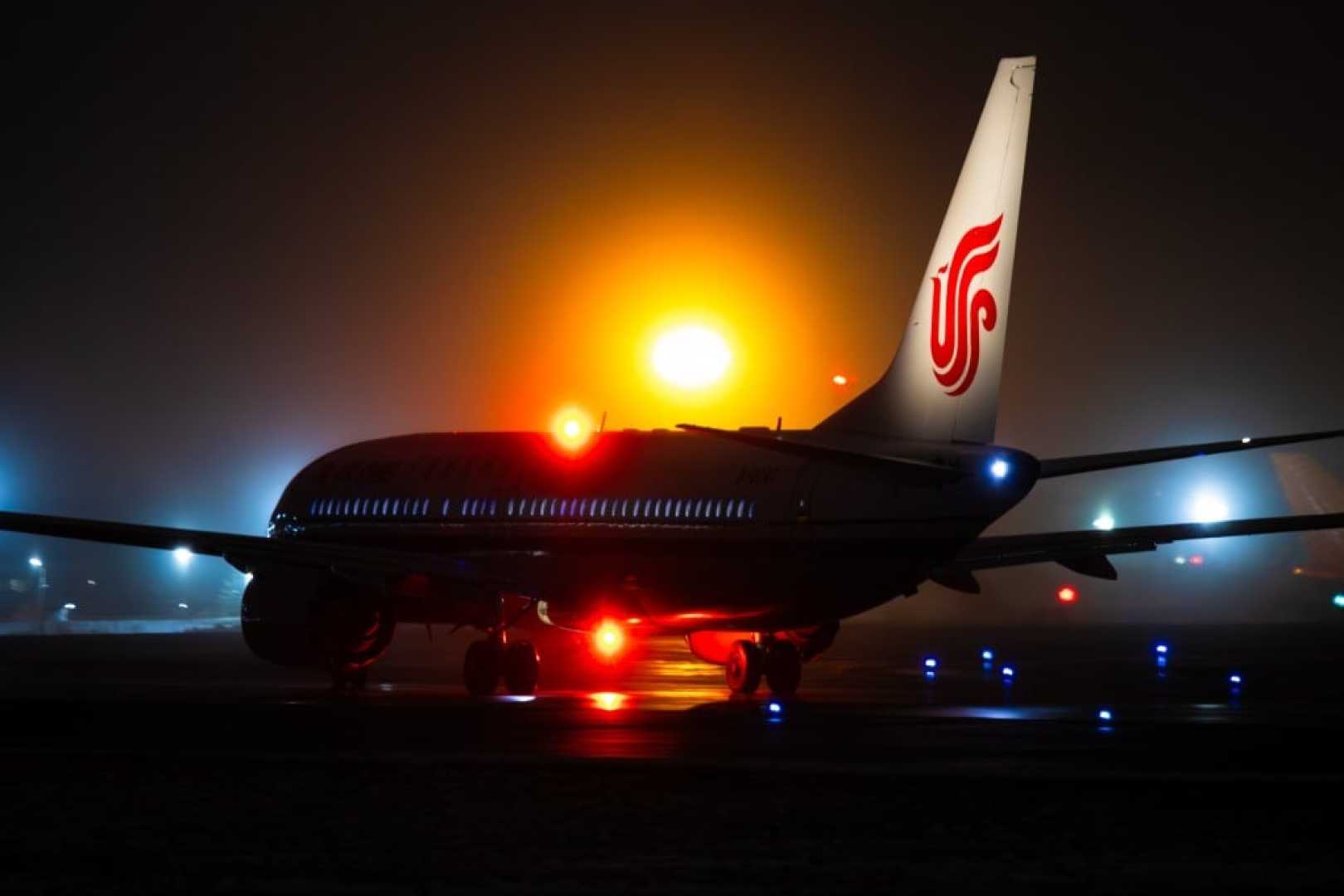Business
U.S. Proposes Ban on Chinese Airlines Using Russian Airspace

WASHINGTON, Oct 9 (Reuters) – The Trump administration announced on Thursday a proposal to ban Chinese airlines from flying over Russian airspace on routes to and from the United States. The administration argues this practice gives Chinese carriers a significant advantage by reducing flight times and fuel costs compared to U.S. airlines.
U.S. airlines have long criticized the use of Russian airspace by Chinese carriers, claiming it creates an uneven playing field. This proposal comes amid escalating tensions between the U.S. and China, especially after Beijing implemented tighter controls on exports critical to U.S. industries.
Since Russia barred U.S. airlines from flying over its airspace due to sanctions following the 2022 invasion of Ukraine, Chinese airlines have continued to operate in these air corridors. The U.S. Transportation Department noted this situation is “unfair” and has led to substantial competitive disadvantages for American carriers.
The proposed order regarding foreign air carrier permits does not apply to cargo-only flights and may impact airlines such as Air China, China Eastern, Xiamen Airlines, and China Southern. The order reportedly excludes Hong Kong-based Cathay Pacific, which operates flights from New York to Hong Kong while utilizing Russian airspace.
The Transportation Department has set a two-day window for Chinese carriers to respond to the proposal, which could take effect as soon as November. The announcement comes as Boeing is in discussions to sell up to 500 jets to China, a deal currently stalled amid trade tensions.
On Friday, a spokesperson for China’s foreign ministry stated that such restrictions would adversely affect travel and communication between the two nations. Meanwhile, shares in major Chinese airlines fell on the news, with China Southern Airlines leading the decline.
U.S. airlines have expressed concerns about the economic feasibility of direct flights to China from the East Coast if they cannot fly through Russian airspace. This sentiment underscores the growing complexities in U.S.-China aviation relations as leaders from both nations prepare for a potential meeting later this month.












